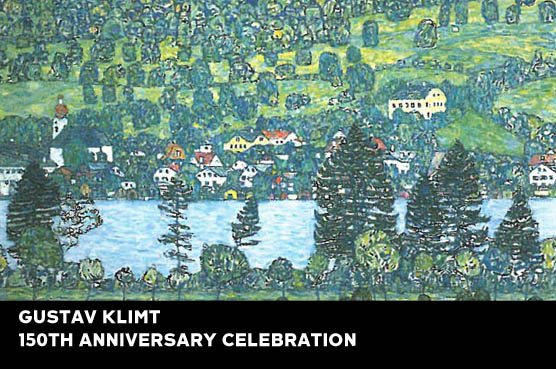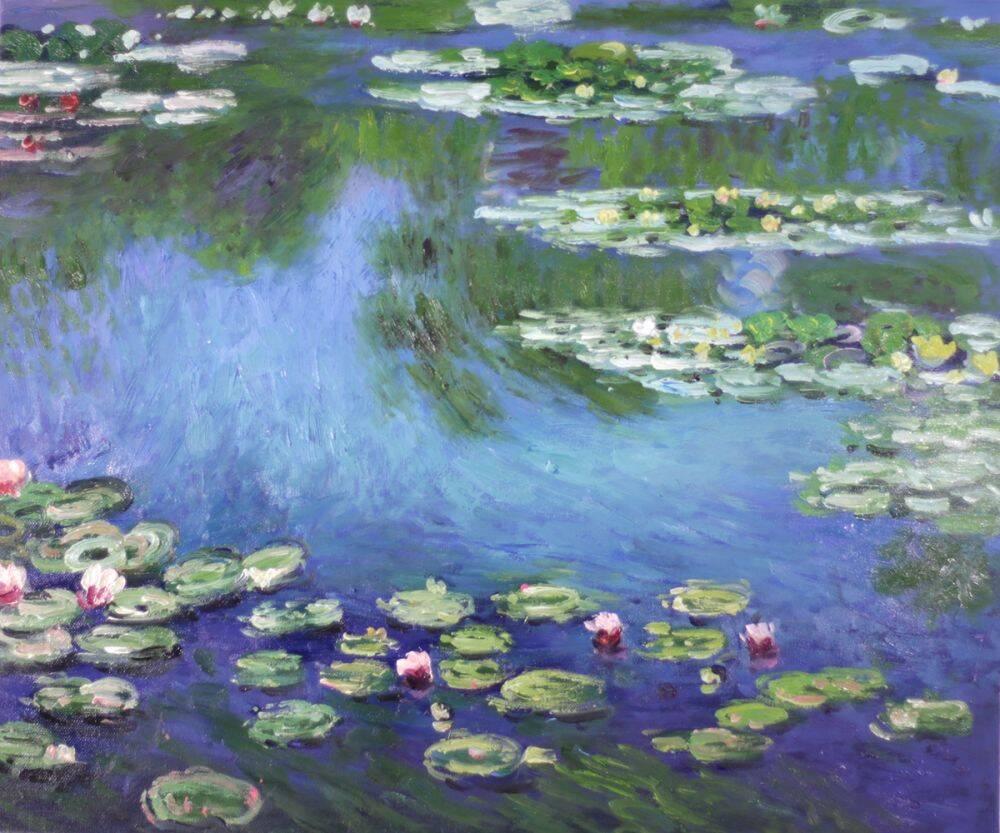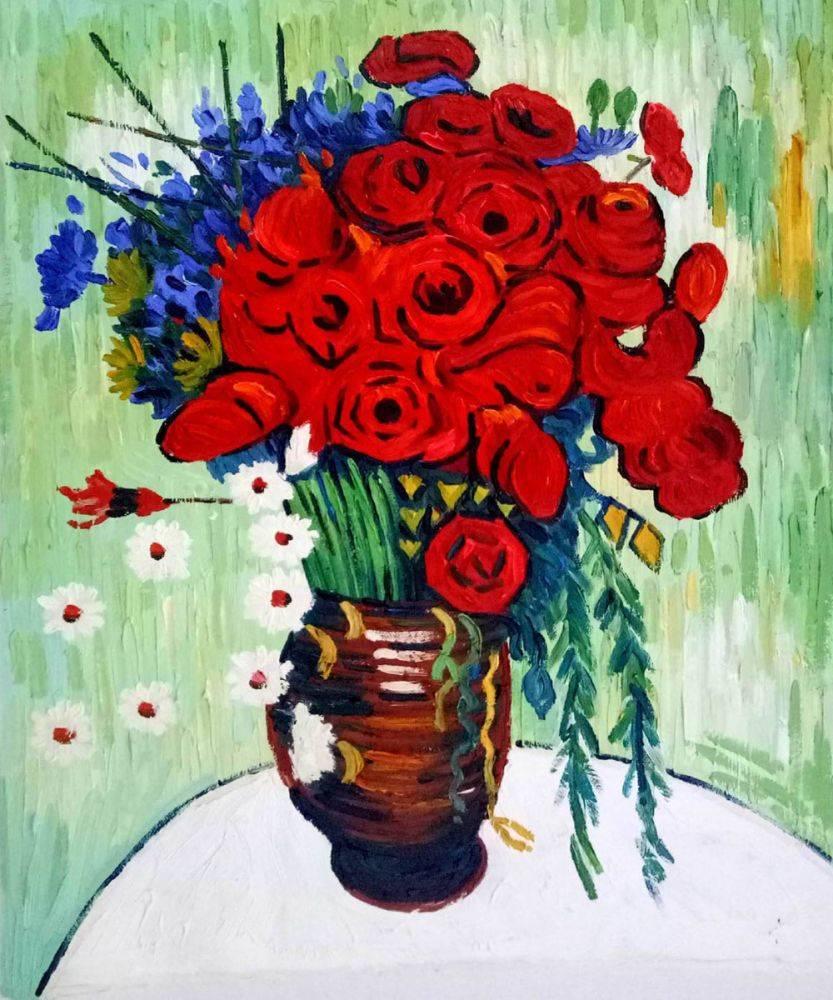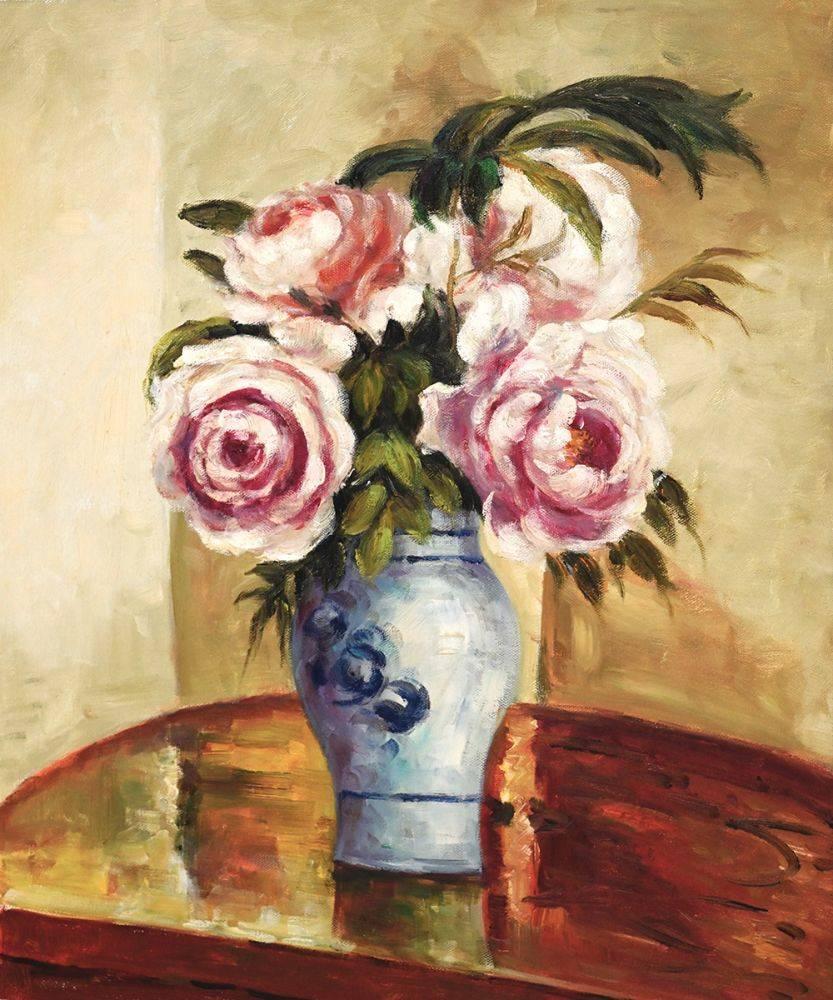Art Travel Guide
Celebrating 150 Years of Gustav Klimt Art
Gustav Klimt, the Austrian Symbolist painter and one of the most prominent artists of the Vienna Secession movement, is being feted this year throughout the art world on a global scale in honor of his 150th birthday anniversary celebration. Klimt, born July 14, 1862 (-February 6, 1918), is best known for his use of gold leaf and the sheer opalescence – and eroticism – of some of his works.
From May 24 to August 27th, the Neue Gallerie in New York City joins other museums around the world to celebrate his extraordinary talent and legacy. In his birthplace of Vienna, Austria, museums including the Albertina, the Belevedre (which houses the most complete works of Klimt anywhere), the Leopold, the Wien, and the Kunsthistorisches are all focusing on and honoring varied aspects of Klimt’s work.
Klimt’s major works were vast: painting, murals, sketches, as well as other art objects were all part of Klimt’s vision. While nature played a part in his subjects (Tree of Life, and Apple Tree) with an emphasis on the deeper meaning behind these works, his primary – and favorite subject – was the female body.

With the female body, Klimt envisioned goddesses: sensual and statuesque. Being a leader in the Vienna Secession movement, a movement which had no manifesto, no declaration, and no one particular style (Symbolists, Naturalists, Realists all coexisted and encouraged one another), it’s no wonder that Klimt brought the group’s symbol – Pallas Athena – to 2-D life. Athena, the Greek goddess of the arts, just causes, strategy, and wisdom were painted by Klimt in 1898. This work was part of his “golden era”, using gold leaf and silver, encrusting the canvas, raised in places. As part of this “Golden Phase,” Klimt created perhaps his most famous work, The Kiss.
Athena was not the only goddess or goddess-like woman he painted. Hygieia – the representation of Medicine – was a prime example of this, along with his painting of Judith. Yet, many of these paintings caused a scandal in Vienna society, with an outcry by the public, deeming his works “pornographic.”
In the Gustav Klimt: 150th Anniversary Celebration at the Neue Gallerie in New York City, many of Klimt’s most famous works are on exhibition from the museum’s collection: Pale Face (1903), Adele Bloch-Bauer I (1907) (which was bought by the museum’s co-founder, Ronald Lauder for a record-breaking $135 million in 2006), The Black Feather Hat (1910), The Park of Schloss Kammer (ca. 1910), Forester House in Weissenbach on the Attersee (1914), Forest Slope in Unterach on the Attersee (1916), and the late work, The Dancer (1916-18), as well as rare and never-seen photos of the artist. I had the pleasure of visiting the Neue Gallerie a few years back.
Along with the paintings and photos, several of Klimt’s sketches are also on exhibition – most importantly for his project, the Beethoven Frieze. This particular project was completed in 1902 for the 14th Vienna Secessionist exhibition. This frieze was painted right onto the walls of the building and afterward was thankfully preserved. But, it took over 75 years for the public to see it, going on display for the first time in 1986.
Now, in 2012, 150 years after the birth of one of the most influential artists in the world, we don’t have to wait to view the true genius of Gustav Klimt.










